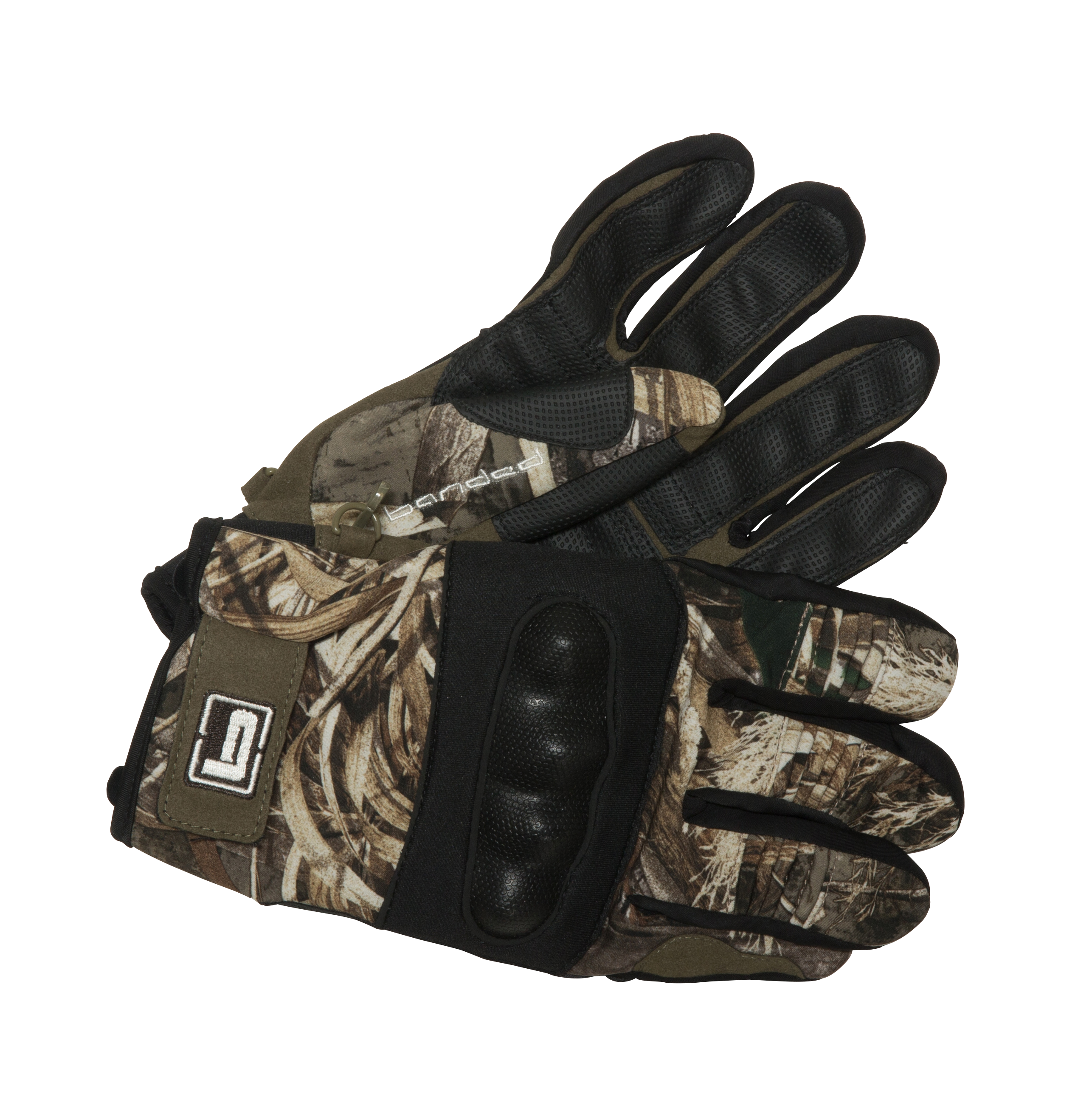Heavy to light, various glove styles fit different needs
As early goose and teal seasons fade into the crisp, breezy days of autumn, duck hunters begin to pay attention to their hands. Specifically, they notice that their fingers can get darn cold many mornings.
As such, gloves become important. However, one glove — bad-pun warning — doesn't fit all. Those leather shooting gloves you wear for upland hunting will leave your fingers numb in December. Conversely, insulated mitts that feel cozy in an icy blind can feel like miniature saunas in October. Add personal preference and you'll find that duck hunters have as many opinions on gloves as they do about shells, guns and decoys. Here's a quick primer to help you find the right handwear this fall.
Light Gloves
Sometimes, you just want something to protect your hands from the morning chill without hindering your dexterity. You'll find endless varieties of uninsulated and lightly insulated gloves, from turkey hunting-style models to specially designed wing-shooting gloves. Upside: They're light, provide camouflage and let you feel the safety and trigger of your gun. Downside: They often aren't waterproof, and as you know, everything gets wet in the duck boat.
Fingerless Wool Gloves
I used to love these simple mitts. They provided quite a bit of warmth on cold Dakota mornings while leaving my fingertips free. However, as I've become older, my fingers get colder easily, so I don't wear them as often. Upside: They continue to insulate while wet. Downside: Like me, your fingertips might get cold in these gloves.
Banded Blind Glove
Heavy Hunting Gloves
I've lumped this broad category under one umbrella, but you'll find lots of variants here, including gloves billed as early-, mid- and late-season models. Many higher-end models feature Gore-Tex for breathability and water-resistant outer shells, plus gauntlet-style uppers and wrist closures. Depending on their degree of insulation, they're ideal for heavy-duty protection during harsh (read: normal) duck hunting conditions. Upside: They let you hold your shotgun or grab decoys and other gear without searing your fingers on ultra-cold metal or plastic. Downside: Don't use them to keep your hands warm while picking up decoys. Waterproof or not, they'll get wet. Also, I find it difficult to shoot with heavier insulated gloves. But I get around that by taking my glove off just before mounting my gun.
Neoprene or PVC-Coated Gloves
These specialty gloves are perfect for keeping your hands dry while grasping ice-cold push-poles or tiller handles or picking up decoys. Neoprene is probably warmer than most insulated PVC-coated gloves, but I prefer the latter because they almost never leak. Neoprene, however, tends to leave my hands damp. Upside: You can pull in several multiple-decoy lines and not have to dry your soaked hunting gloves later. Downside: They're not quite as cozy as heavy, insulated hunting gloves.
Mittens or Glomitts
These are for seriously cold days, when you want to keep your fingers together inside one warm shell to conserve warmth. Upside: They'll keep your fingers functional during subzero days when nothing else will. Downside: Obviously, you cannot shoot while wearing them, so you must take off a mitten or slide your fingers out of a glomitt before firing.
If They Don't Fit
You're thinking, Seriously? He's going to end with that cliché? Yeah, pretty lame. But that line sums up the variety of gloves available to waterfowl hunters. Oh, one more tip: It's best to figure out which glove styles you prefer for various types of hunting long before you need them. You do not want to be stuck with lightly insulated gloves when a prairie blizzard descends on your field spread — trust me.
Click here for more Realtree waterfowl hunting content. And check us out on Facebook.








